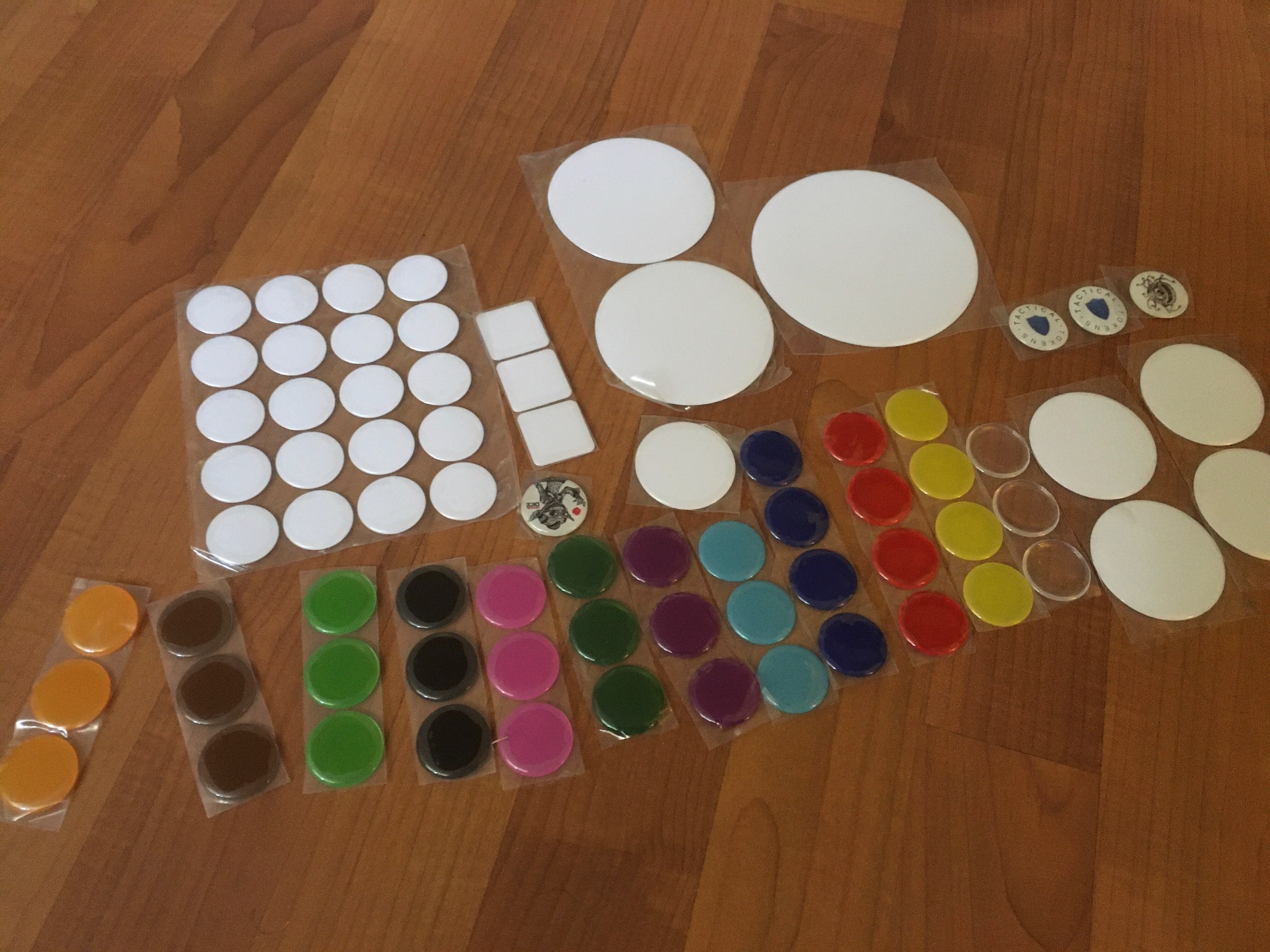I received my Tactical Tokens! When are we playing RPGs face to face again?

I received my Tactical Tokens! When are we playing RPGs face to face again?

Well that’s interesting: Chaosium announces “Lords of the Middle Sea”, an RPG inspired by their super old wargame https://www.chaosium.com
You know you live in British Columbia when you and your kids see a bear cross the road, but later at dinner the kids don’t even mention it to their mom because it was notable enough
Heads up: the BC health authorities now each have a website listing their recent public exposure events, so check those out for contact tracing #COVID19 https://www.cbc.ca
Being half Southeast African, I grew up with an Asian tradition when it comes to rice, so I very much FEEL ALL THE SAME THINGS when I watch white people try to cook rice 😂😱 https://www.youtube.com
I’m constantly baffled that some people seem to enjoy large parties? Parties suck, even without the pandemic. Stay safe. https://www.theglobeandmail.com
“Mad Max: Fury Road”: The Oral History of a Modern Action Classic https://www.nytimes.com
Oh this is awesome, someone made a video montage of all the FMV cinematics from Privateer 2: The Darkening… this brings back so many memories! https://www.youtube.com
Given the “D&D players who only play D&D” stereotype, I find it very ironic that my kid, who’s playing in some D&D-like Fortnite game mode, refuses to try a more “proper” RPG game like Baldur’s Gate or whatever I suggest. “It’s good enough for me in Fortnite”, he tells me 😆
Nice, the guy at the computer store recognized my GORUCK backpack. I guess we’re some kind of secret cult or something?